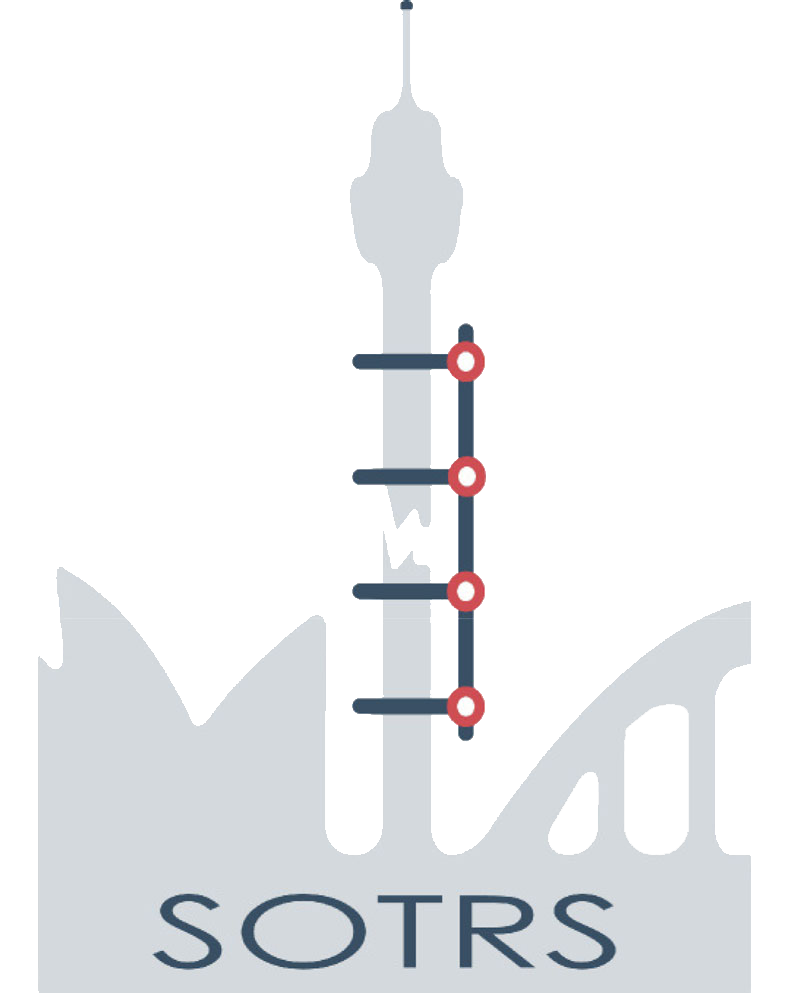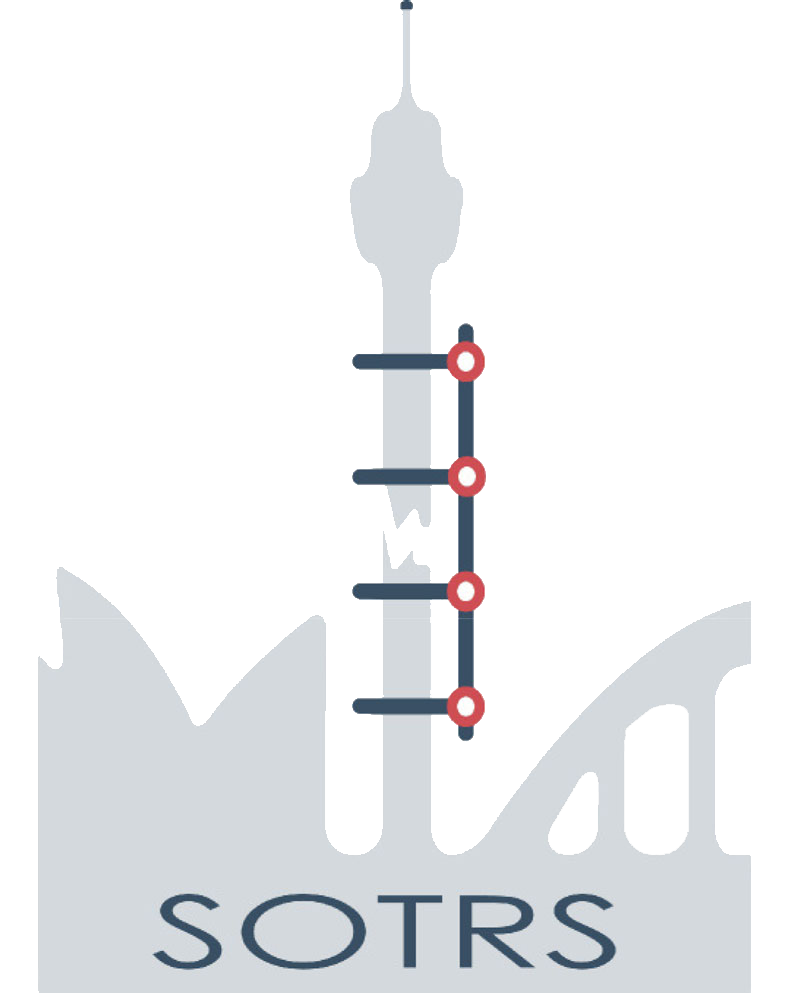The iliotibial band is a superficial thickening of tissue on the outside of the thigh, extending from the outside of the pelvis, over the hip and knee, and inserting just below the knee. The band is crucial to stabilizing the knee during running. It moves from behind the femur (thigh bone) to the front while walking. The continual rubbing of the band over the bony prominence on the outside of the knee (lateral femoral epicondyle), combined with the repeated flexion and extension of the knee during running may cause the area to become inflamed.

